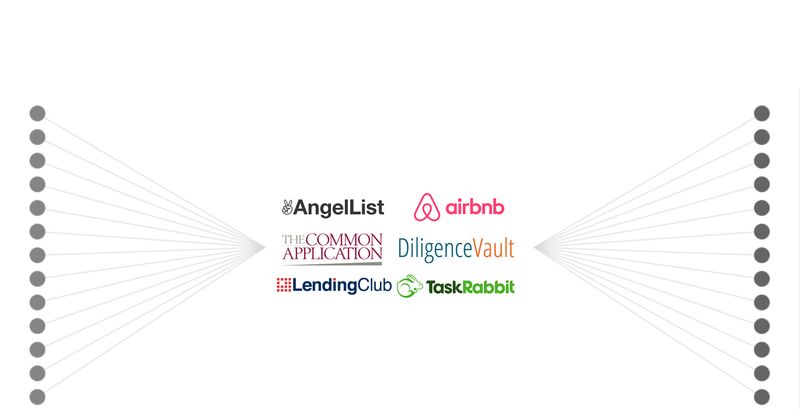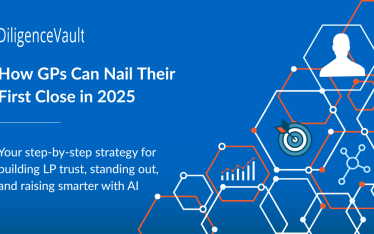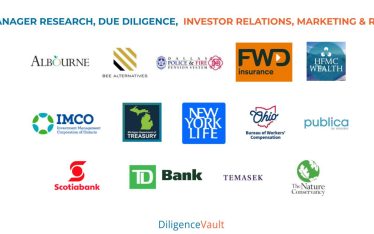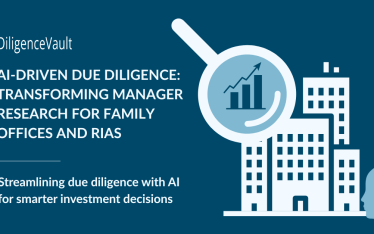If you are a young professional or the parent of college or college-bound students, you probably know what the Common App is. If you are somewhere outside those cohorts, you may not know, because you are only familiar with your experience with college applications, involving the redundancy of typing out multiple applications with a lot of the same information.
The Common App
The Common App is an undergraduate college admission application that students now use to apply to some 730 colleges and universities, 17% of the total 4,140 two- and four-year institutions in the United States. With the Common App, instead of having to create a separate set of application materials for each institution individually, a student can create just one digital version of their information covering a broad set of criteria and submit to institutions of interest. This saves students a lot of time and effort.
The institutions may then supplement the Common App requirements with their own Member Questions and Writing Supplements that are unique to each respective institution. This allows the institutions to enhance their due diligence on their prospective student body relative to criteria of specific interest to them.
The Common Application, Inc. – Innovation in Digitization and Mutualized Infrastructure
The entity that administers the App is called The Common Application, Inc. It is a non-profit member organization that was founded in 1975 by 15 institutions. Today, according to the organization’s website, each year about 1 million students submit about 4 million applications to colleges and universities using the Common App. Its mission is to promote access, equity and integrity in the college admission process. By leveraging technology, however, it also eases the burden of redundant administrative work on students. Moreover, utilizing digitization, it increases efficiencies and analytical capability for the institutions.
University Class Composition Analogous to Portfolio Composition
The composition of a new student class by a university is a form of portfolio construction. Many universities take a top-down view of the applicant pool in any given year with respect to criteria such as test scores, GPA, place of origin, athletic ability, work or volunteer experience, gender, race, or artistic talent. The institution then screens for the best candidates among their applicants to build the desired portfolio of students.
Universities rely on this ‘human asset allocation’ to select students who will not only remain at the institution and reflect well on it for the next four years, but also continue to burnish the reputation of its academic programs, fill out its sports teams and arts programming, and augment its finances for years thereafter. Screening for these criteria is most efficiently accomplished at scale with technology. Digitization may also enable the ability for a school to back test the success rate of its human asset allocation program.
Students are Analogous to Funds Seeking Investors
Students applying to college are analogous to fund managers marketing to investors. The student is looking for a long-term relationship, four years with an institution that will equip them with a skill set they desire at a cost they can afford, an academic experience they value, high job placement statistics among graduates, and a robust alumni network for career growth.
Similarly, the marketing team at a fund management firm seeks to identify long-term investors who are a good fit for their fund strategy and value proposition. Like the college application process, the asset management industry is competitive. It costs time, effort and money for funds to acquire investors. Much of the information that fund managers communicate about their investment products is constant, so if they can eliminate the redundancies in their communication, they can effectively broaden their reach with the same amount of time and effort.
Many-To-Many System
In technological terms, the Common App is a two-sided, many-to-many infrastructure. Each college connects with multiple prospective students. And each student sends applications to multiple institutions. All on a single platform, with single access per entity. The Common App is an example of a sharing economy in the non-profit world of higher education.
From Bilateral to Mutualized Infrastructure
The Common App was somewhat unique in that it created a mutualized platform that provided benefits for multiple constituencies, including student applicants, colleges & universities, parents and counselors. Many platforms or services are designed to benefit just one constituency. Without the Common App, each university has its own independent questionnaire, which likely has significant overlap with those of other institutions, creating redundancy in the work involved for the students.
Bilateral college applications without the Common App is like the RFI / RFP / bilateral due-diligence and monitoring process that exists between asset allocators and funds. Most of the information that funds want to share generally remains constant; it is the RFIs and the questionnaires that are duplicative and redundant. It is hugely inefficient for funds to have to re-communicate the same information for each investor, and that cost is carried throughout the system in the form of fees and time lags in decision making.
One-Sided Infrastructure
Some of the larger asset allocators and asset managers have developed internal technology to scale their investment process and information sharing, respectively. A digitized approach is an improvement over a traditional document-driven approach. However, allocator-specific platforms do not solve the redundancy of effort and the associated cost for fund managers. And fund client portals and VDRs are cumbersome for allocators. There are some fund databases that provide limited efficiencies, but they do not go not far enough in providing utility for allocators while cutting costs for fund managers. The information set is often limited and the technology suboptimal.
From the allocator side, as with university admissions, digitization is needed to allow allocators to compare investment alternatives at scale, benchmark investment decisions, adhere to investment criteria consistently across their portfolio of fund managers, and create flags and alerts to ensure that they see and address the items that need their focus. With the plethora of information and document flow, it is hard to see the forest for the trees.
Technology Balkanization Contains Hidden Costs
The multiple questionnaires and platforms that exist create a pain point for the allocators to consolidate all the information contained within documents or in multiple systems. Why should an allocator have to use one platform to analyze its traditional fund products and another for alternatives? Or use separate platforms for different asset classes such as credit, equity, and private markets? The firms that provide those services by market or by fund category can achieve efficiencies in their chosen market niche, but that leaves the allocators without a comprehensive solution – and with a lot of administrative pain points in trying to implement a coherent investment program. As a result, the highly trained and competent people at the allocators spend a good deal of time functioning as clerks, copying and pasting information from one source to another, attempting to create a comprehensive analysis or decision process. A better solution would be good technology that automates rote tasks and empowers analysts and portfolio managers to focus on value-added work.
The waste in the process is particularly egregious considering the large number of underfunded pension plans. The savings on redundant fund administration costs could be put to much better use funding people’s retirements. Many plans work with consultants to gain economies of scale in selection and monitoring, but often suffer from limited information transparency as well centralization. A similar cost structure plagues endowments & foundations. Cost savings from leveraging technology can have enormous social benefit for such entities. And it wouldn’t hurt the general investing public to have wealth managers, RIAs, OCIOs and consultants improve their efficiencies, as well.
DiligenceVault: Data-Driven and Mutualized Infrastructure
Just as the Common App provides efficiencies in the college application process via a mutualized platform for all constituencies, DiligenceVault eases pain points in the investment management industry. DiligenceVault provides a conflict-free platform that provides tremendous utility on the allocator side to pensions, endowments & foundations, as well as to wealth management platforms, consultants, OCIOs, and RIAs. The robust yet flexible architecture works for all fund structures, including traditional mutual funds, ETFs, hedge funds, real assets, and private investments. The DiligenceVault platform also accommodates SMAs.
On the fund manager side, DiligenceVault eliminates redundancies for investor relations and marketing teams by leveraging intelligent algorithms to manage information. The database functionality retains the most current answer to any given question, which provides efficiencies while ensuring compliance with fiduciary requirements. In addition, the DiligenceVault platform contains workflow functionality to enhance collaboration by the marketing team, while also providing a time-stamped audit trail. Document repository for current and historic documents offers added convenience.
Back to School!
All around us technology is disrupting conventional ways of doing things to lower cost and improve convenience. Whether you are an allocator looking to add efficiencies to your due diligence and investment monitoring process or a marketer looking to extend your reach, this fall make it a point to go back to school and learn how new technology can put you at the top of your class!



